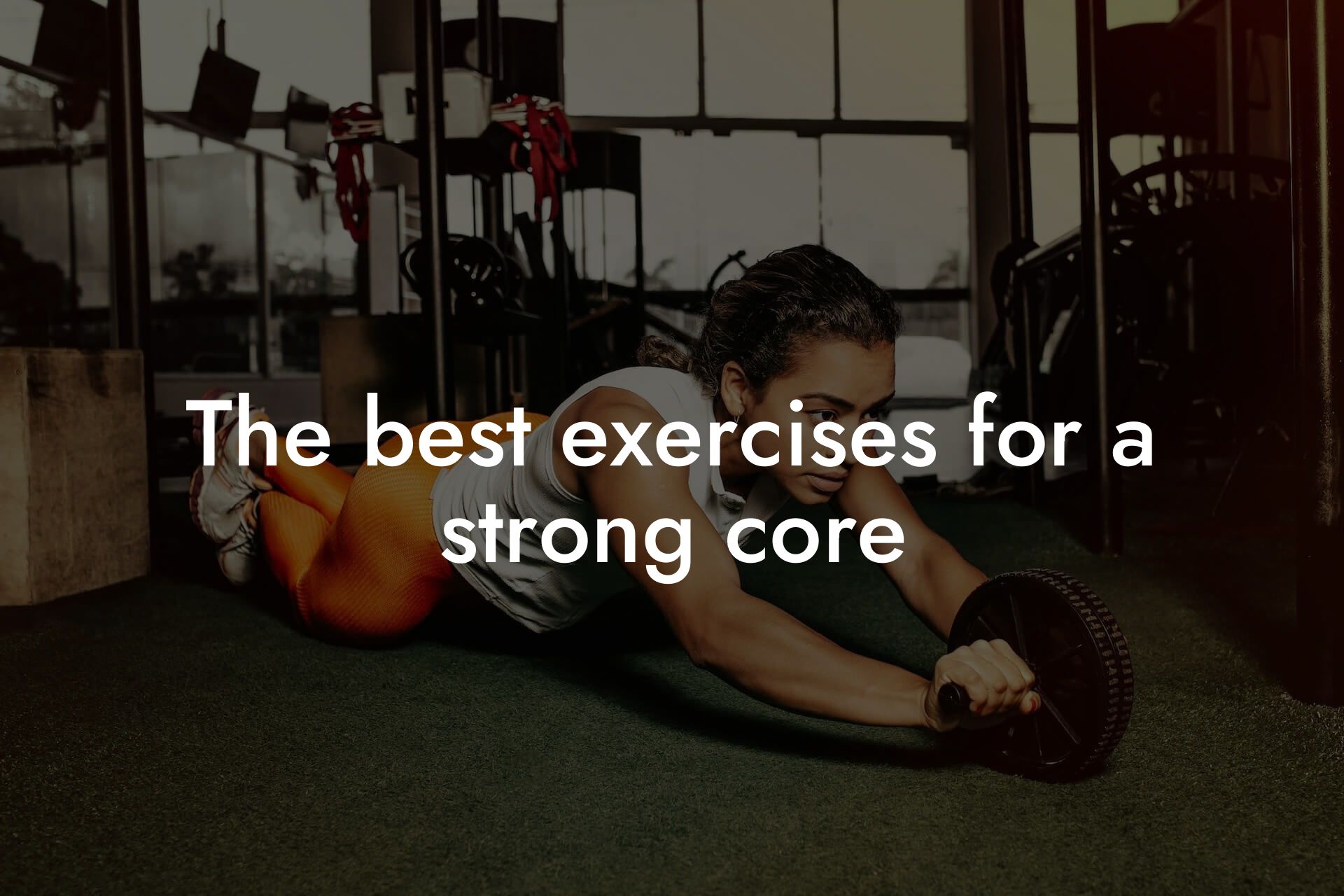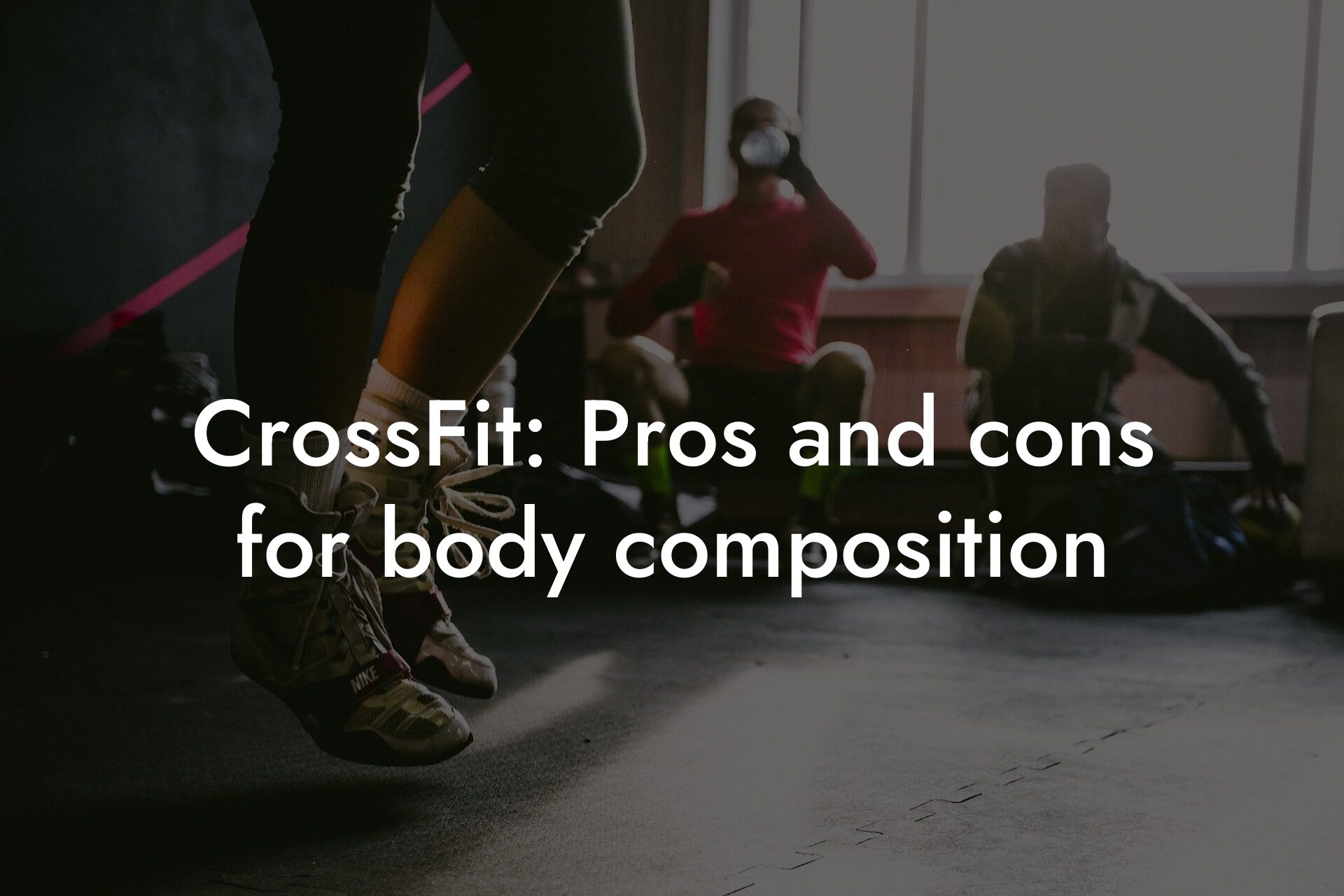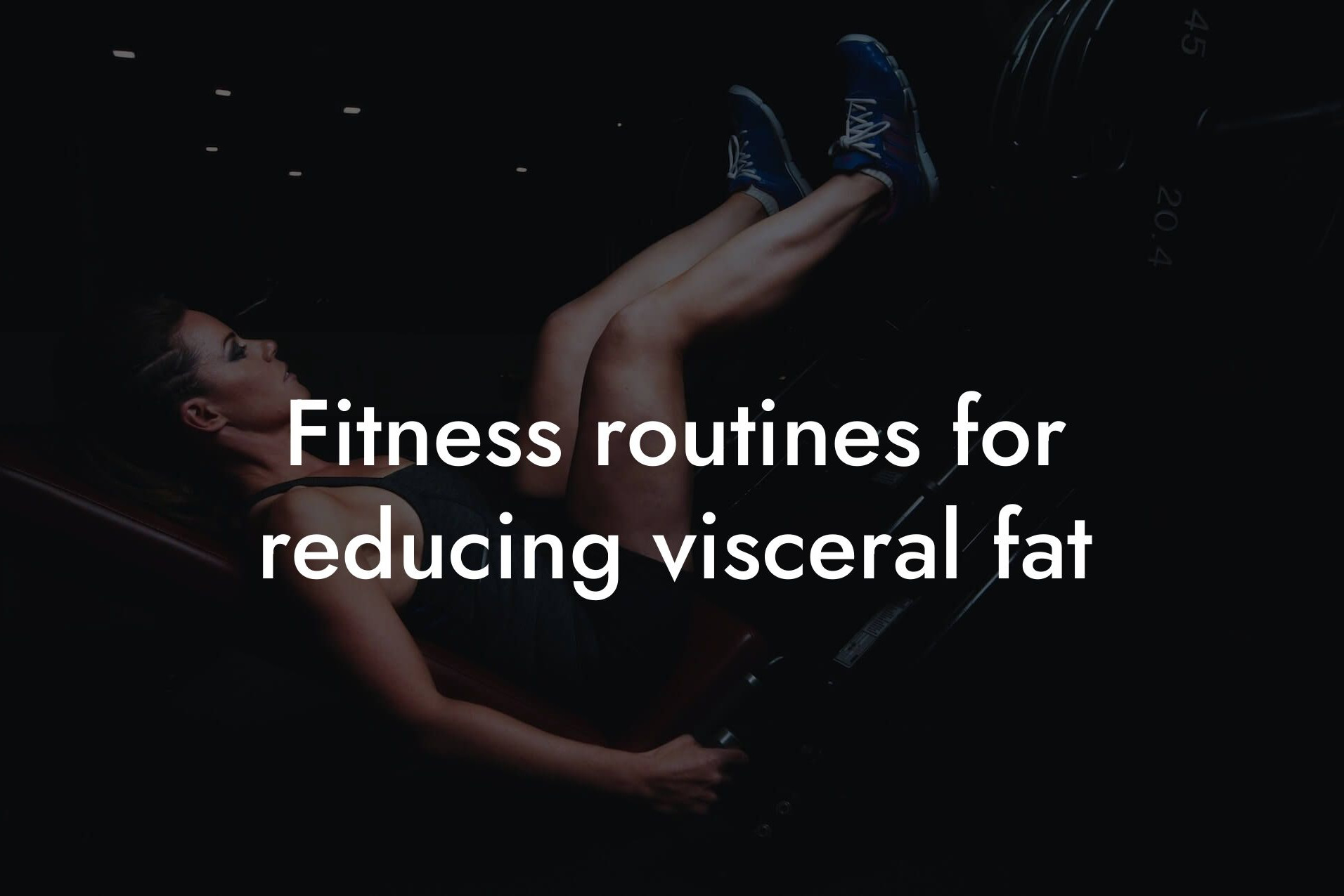What is Pilates?
Pilates is a low-impact form of exercise that focuses on strengthening the core muscles, improving flexibility, and enhancing posture and body alignment. Developed by Joseph Pilates in the early 20th century, this holistic approach to fitness has gained popularity among individuals of all ages and fitness levels. Pilates is a mind-body exercise that combines slow, controlled movements with deep breathing and concentration, resulting in a stronger, leaner, and more agile body.
Table of Contents
Benefits of Pilates for Flexibility
Pilates is renowned for its ability to increase flexibility and range of motion. By incorporating Pilates into your fitness routine, you can expect to see improvements in:
- Flexibility: Pilates helps to lengthen the muscles and connective tissue, allowing for greater flexibility and mobility.
- Posture: Pilates strengthens the core muscles, which in turn improves posture and reduces the risk of back pain and other musculoskeletal issues.
- Balance and Coordination: Pilates exercises often require balance and control, which can help improve overall balance and coordination.
Benefits of Pilates for Core Strength
A strong core is essential for good posture, balance, and overall athletic performance. Pilates is an effective way to build core strength, which can lead to:
- Improved Posture: A strong core helps maintain good posture, reducing the risk of back pain and other musculoskeletal issues.
- Enhanced Athletic Performance: A strong core provides a solid foundation for movement, allowing for more efficient and effective athletic performance.
- Better Balance and Coordination: A strong core helps improve balance and coordination, reducing the risk of injury and improving overall physical fitness.
How Pilates Improves Flexibility and Core Strength
Pilates exercises are designed to engage the core muscles, improve flexibility, and enhance posture and body alignment. Some of the key ways Pilates achieves this include:
- Controlled Movements: Pilates exercises involve slow, controlled movements that help to lengthen the muscles and improve flexibility.
- Core Engagement: Pilates exercises engage the core muscles, which helps to build strength, stability, and control.
- Body Awareness: Pilates emphasizes body awareness, which helps to improve posture, balance, and overall physical fitness.
Types of Pilates Exercises
There are several types of Pilates exercises, each with its own unique focus and benefits. Some of the most common types of Pilates exercises include:
- Mat Pilates: Performed on a mat on the floor, mat Pilates is a low-impact form of exercise that focuses on core strength, flexibility, and body control.
- Reformer Pilates: Performed on a specialized machine called the Reformer, Reformer Pilates provides resistance to help build strength and improve flexibility.
- Cadillac Pilates: Performed on a machine called the Cadillac, Cadillac Pilates provides additional resistance and support to help build strength and improve flexibility.
How to Get Started with Pilates
If you're new to Pilates, getting started can seem intimidating. However, with a few simple steps, you can begin to experience the benefits of Pilates for yourself:
- Find a Qualified Instructor: Look for a Pilates instructor who is certified and experienced in teaching Pilates.
- Start with Beginner Exercises: Begin with beginner-friendly exercises and gradually progress to more advanced exercises as you build strength and flexibility.
- Practice Regularly: Aim to practice Pilates at least 2-3 times per week, ideally 3-4 times per week for optimal results.
Common Misconceptions About Pilates
Despite its popularity, Pilates is often misunderstood. Some common misconceptions about Pilates include:
- Pilates is Only for Women: Pilates is a form of exercise that can benefit anyone, regardless of gender or fitness level.
- Pilates is Easy: While Pilates may appear slow and gentle, it can be a challenging and intense form of exercise.
- Pilates is Only for Flexibility: While Pilates does improve flexibility, it also builds core strength, improves posture, and enhances overall physical fitness.
Pilates is a powerful tool for improving flexibility and core strength. By incorporating Pilates into your fitness routine, you can expect to see improvements in posture, balance, and overall physical fitness. Remember to find a qualified instructor, start with beginner exercises, and practice regularly to experience the full benefits of Pilates. At Tano Performance Group, we understand the importance of physical fitness for high-earning professionals. Our DEXA machine provides a complete body assessment, giving you the information you need to take your fitness to the next level. Combine Pilates with our comprehensive body assessment, and you'll be on your way to achieving your fitness goals in no time.
Frequently Asked Questions
What is Pilates and how does it benefit flexibility and core strength?
Pilates is a low-impact, bodyweight-based exercise method that focuses on strengthening the core muscles, improving flexibility, and enhancing posture. It was developed by Joseph Pilates in the early 20th century and has since become a popular form of exercise for people of all ages and fitness levels. By incorporating Pilates into your workout routine, you can expect to see improvements in flexibility, balance, and overall core strength.
What are the core muscles, and why are they important?
The core muscles, including the abdominals, obliques, and lower back, are the foundation of our posture and movement. They provide stability and support for our entire body, allowing us to move efficiently and effectively. Strong core muscles can help improve posture, reduce back pain, and enhance athletic performance.
How does Pilates improve flexibility?
Pilates incorporates a range of movements that focus on lengthening and stretching the muscles, tendons, and ligaments. By incorporating slow, controlled movements and deep breathing, Pilates helps to increase flexibility and range of motion, making it an excellent addition to any workout routine.
Can Pilates help with back pain?
Yes, Pilates can be incredibly beneficial for individuals experiencing back pain. By strengthening the core muscles and improving posture, Pilates can help alleviate tension and strain on the back, reducing pain and discomfort.
Is Pilates suitable for beginners?
Absolutely! Pilates is an excellent exercise method for beginners, as it can be modified to suit individual fitness levels. Many Pilates exercises can be adapted to accommodate physical limitations or injuries, making it an accessible and inclusive form of exercise.
What is the difference between Pilates and yoga?
While both Pilates and yoga focus on strengthening the core and improving flexibility, there are some key differences between the two practices. Pilates tends to focus more on building strength and control, whereas yoga places a greater emphasis on spiritual connection and meditation. Additionally, Pilates often incorporates more dynamic movements and equipment, such as the Reformer, whereas yoga typically focuses on static poses and breathing techniques.
How often should I practice Pilates to see results?
To see significant improvements in flexibility and core strength, it's recommended to practice Pilates at least 2-3 times per week. However, even incorporating Pilates into your routine just once a week can have a positive impact on your overall fitness and wellbeing.
Can Pilates be modified for different fitness levels?
Yes, Pilates can be modified to suit individual fitness levels. Whether you're a beginner or an experienced athlete, Pilates exercises can be adapted to challenge or accommodate your abilities. This makes Pilates an excellent option for individuals with injuries or physical limitations.
What are some common Pilates exercises for improving flexibility?
Some common Pilates exercises for improving flexibility include the hundred, teaser, and side bends. These exercises focus on lengthening the muscles and improving range of motion, making them excellent additions to any Pilates routine.
How does Pilates improve posture?
Pilates helps to improve posture by strengthening the core muscles and increasing flexibility in the shoulders, chest, and upper back. By incorporating exercises that focus on proper alignment and body positioning, Pilates can help improve posture and reduce the risk of back and neck pain.
Can Pilates help with weight loss?
While Pilates is not typically considered a high-calorie-burning exercise, it can still be an effective addition to a weight loss routine. By building lean muscle mass and improving metabolism, Pilates can help support weight loss efforts when combined with a healthy diet and regular cardio exercise.
What is the best way to get started with Pilates?
The best way to get started with Pilates is to find a qualified instructor or studio that offers Pilates classes. Many gyms and fitness studios offer Pilates classes, or you can work with a private instructor to develop a customized routine. You can also find online resources and videos to help guide you in your Pilates journey.
How long does a typical Pilates session last?
A typical Pilates session can last anywhere from 30-60 minutes, depending on the type of class or workout. Private sessions may be shorter or longer, depending on the individual's goals and needs.
What should I wear to a Pilates class?
It's recommended to wear comfortable, breathable clothing that allows for a full range of motion. Avoid wearing anything too loose or baggy, as this can get in the way of your movements. You may also want to consider wearing grip socks or Pilates shoes to help prevent slipping on the mat.
Do I need any special equipment for Pilates?
While some Pilates exercises can be done with minimal equipment, others may require the use of specialized equipment such as the Reformer, Cadillac, or Wunda Chair. Many Pilates studios and gyms offer access to this equipment, or you can invest in your own equipment for home use.
Can Pilates be done at home?
Yes, Pilates can be done at home with a mat and a few basic props. You can find online resources and videos to guide you in your practice, or invest in a Pilates DVD or streaming service. However, working with a qualified instructor can help you get the most out of your Pilates practice and ensure proper form and technique.
How does Pilates compare to other forms of exercise?
Pilates is a unique form of exercise that combines elements of strength training, flexibility exercises, and bodyweight movements. While it shares some similarities with other forms of exercise, such as yoga or weightlifting, Pilates is distinct in its focus on core strength, control, and body awareness.
Can Pilates be used as a form of rehabilitation?
Yes, Pilates is often used as a form of rehabilitation for individuals recovering from injuries or surgery. By incorporating gentle, low-impact movements and focusing on proper alignment and body positioning, Pilates can help promote healing and reduce the risk of further injury.
How does Pilates benefit bone density?
Pilates can help improve bone density by incorporating weight-bearing exercises and movements that stimulate bone growth. This makes Pilates an excellent addition to a workout routine for individuals concerned about osteoporosis or bone health.
Can Pilates be done during pregnancy?
Yes, Pilates can be modified to accommodate pregnancy and can be an excellent way to maintain flexibility and strength during this time. However, it's essential to work with a qualified instructor who has experience with prenatal Pilates and to obtain clearance from your healthcare provider before beginning any new exercise routine.
How does Pilates benefit overall physical fitness?
Pilates is an excellent way to improve overall physical fitness by building strength, improving flexibility, and enhancing posture and body awareness. By incorporating Pilates into your workout routine, you can expect to see improvements in balance, coordination, and overall physical performance.
Can Pilates be used as a form of stress relief?
Yes, Pilates can be an excellent way to reduce stress and promote relaxation. By incorporating deep breathing techniques and focusing on proper alignment and body positioning, Pilates can help calm the mind and reduce tension in the body.
How does Pilates benefit athletes and sports performance?
Pilates can be an excellent addition to an athlete's training routine, as it can help improve flexibility, strength, and overall physical performance. By incorporating Pilates into their training, athletes can expect to see improvements in power, speed, and agility, as well as reduced risk of injury.
Can Pilates be done with a partner or in a group setting?
Yes, Pilates can be done with a partner or in a group setting. Many studios and gyms offer Pilates classes, or you can work with a partner or small group to develop a customized routine. This can be a fun and motivating way to stay accountable and challenged in your Pilates practice.
Here are some related articles you might love...
- The best exercises for a strong core
- CrossFit: Pros and cons for body composition
- Fitness routines for reducing visceral fat
- Strength training for bone density enhancement
- How to design a workout plan based on DEXA scan results
- Strengthening exercises for bone fracture prevention
- Functional fitness for professionals
- Benefits of resistance bands for muscle toning
- Balancing strength training with cardiovascular health
Zak Faulkner
Zak Faulkner is a leading authority in the realm of physical health and body composition analysis, with over 15 years of experience helping professionals optimise their fitness and well-being. As one the experts behind Tano Performance Group, Zak has dedicated his career to providing in-depth, science-backed insights that empower clients to elevate their physical performance and overall health.
With extensive knowledge of DEXA technology, Zak specializes in delivering comprehensive body assessments that offer precise data on body fat, muscle mass, bone density, and overall physique. His expertise enables individuals to make informed decisions and achieve their fitness goals with accuracy and confidence. Zak’s approach is rooted in a deep understanding of human physiology, combined with a passion for helping clients unlock their full potential through personalised strategies.
Over the years, Zak has earned a reputation for his commitment to excellence, precision, and client-focused service. His guidance is trusted by top professionals who demand the best when it comes to their health. Whether advising on fitness programs, nutritional strategies, or long-term wellness plans, Zak Faulkner’s insights are a valuable resource for anyone serious about taking their health and fitness to the next level.
At Tano Performance Group, Zak continues to lead our Content Team revolutionising how professionals approach their physical health, offering unparalleled expertise that drives real results.




